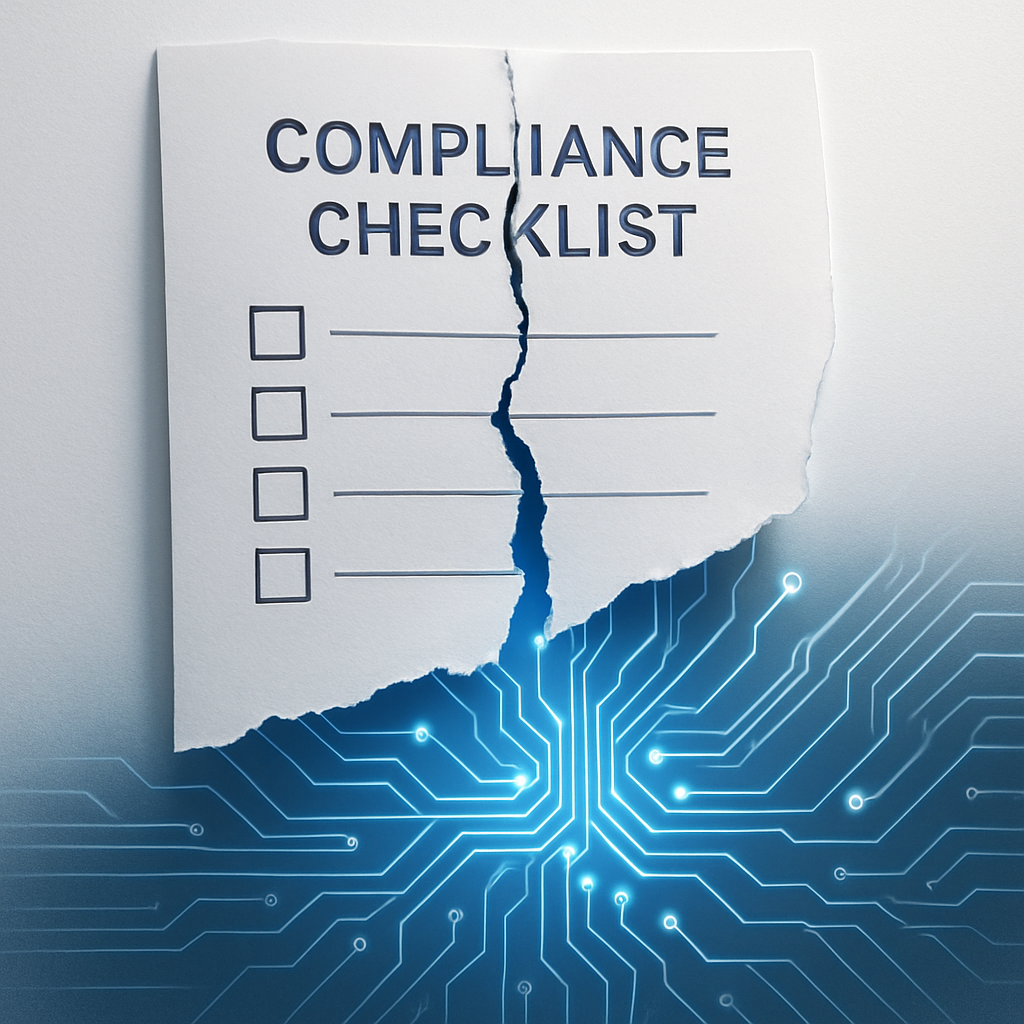How to Build a 2026-Ready OT Security Roadmap
![]()
With 2026 approaching, many organisations are facing a difficult question: how can they strengthen OT endpoint protection before new compliance and operational pressures take hold?
Recent incidents — from manipulated valves in Norway to long-running recovery at Costa Rica’s national refinery — have proven that OT endpoints remain the weakest link. At the same time, new frameworks such as NIS2 and IEC 62443 are pushing operators to demonstrate measurable authentication and access control improvements. (Related reading: Why 2026 May Be Too Late to Secure OT Endpoints)
The challenge now is not awareness, but execution. Here’s how security and engineering leaders can develop a practical, compliance-aligned roadmap to strengthen OT resilience before the 2026 window closes.
1. Map and Prioritise Your OT Assets

Visibility is the foundation of every effective OT security programme. Yet many organisations still lack a complete view of their operational networks — particularly legacy PLCs, remote terminals, or field devices managed by external vendors.
According to recent surveys, more than 40% of critical industrial assets remain partially or completely undocumented, making targeted protection impossible.
Action point:
- Conduct a full asset inventory and classification across all operational zones.
- Identify crown-jewel systems — those whose compromise would disrupt safety or production.
- Assess which endpoints connect to IT networks, remote access paths, or vendor systems.
2. Establish Identity and Access as the First Control Layer
Many incidents begin with shared credentials or unauthorised maintenance access. For 2026 compliance, both NIS2 and IEC 62443-4-2 require unique identification, authentication, and authorisation (FR1) across all OT assets.
Action point:
- Eliminate static credentials and deploy dynamic, one-time authentication.
- Apply multi-factor authentication for maintenance laptops, engineering workstations, and remote sessions.
- Ensure role-based access control is consistently applied across IT-OT boundaries.
Modern approaches such as OTAC (One-Time Authentication Code) enable these controls even in air-gapped networks — closing the long-standing gap between compliance and practicality.
3. Integrate Compliance into Design, Not Documentation
Compliance is often treated as a paperwork exercise, but auditors now expect technical evidence of control, not just policy declarations.
Action point:
- Embed IEC 62443 FR1–FR7 requirements into system design and procurement decisions.
- Define security levels (SL1–SL4) for each asset type to guide implementation.
- Maintain traceable documentation that connects each control to measurable outcomes.
Regulatory readiness should emerge naturally from your security architecture, not from post-project paperwork.
4. Build a Pilot Before Scaling
![]()
Securing every site simultaneously is unrealistic. A focused pilot enables validation, operator feedback, and measurable results — reducing risk during rollout.
Action point:
- Select a representative site with a mix of legacy and modern systems.
- Validate procedures, deployment time, and potential downtime impact.
- Use lessons learned to create a repeatable deployment blueprint for other sites.
successful pilot builds internal confidence and accelerates enterprise-wide adoption.
5. Create a Continuous Improvement Cycle
OT security isn’t a one-off project. New vulnerabilities, supplier changes, and configuration drift require continuous reassessment.
Action point:
- Establish a quarterly review cycle linking threat intelligence, asset status, and compliance metrics.
- Integrate vulnerability updates into regular maintenance workflows.
- Connect findings directly to budget planning for 2026 and beyond.
This transforms compliance from a deadline into an ongoing discipline.
6. From Reactive to Resilient
A 2026-ready roadmap is more than a checklist — it’s a transformation in how trust is managed across OT environments.
With technologies like OTAC Trusted Access Gateway, Endpoint OTAC, and OTAC Auth MFA, organisations can meet compliance requirements while reinforcing operational continuity — all without modifying existing PLCs or control systems.
Now is the time to act — while you still define the timeline, not the attackers or the regulators.
--------------------

swIDch will continue its quest to innovate and pioneer next-generation authentication solutions. To stay up-to-date with the latest trends sign up to our newsletter and check out our latest solutions.

Across industries, Operational Technology (OT) leaders are preparing 2026 budgets with one priority on paper —

When a major U.S. steelmaker halted part of its production after a cyber incident in May 2025, output wasn’t the only

In late October 2025, the Canadian Centre for Cyber Security issued an unusual public alert. Several of the country’s
Looking to stay up-to-date with our latest news?